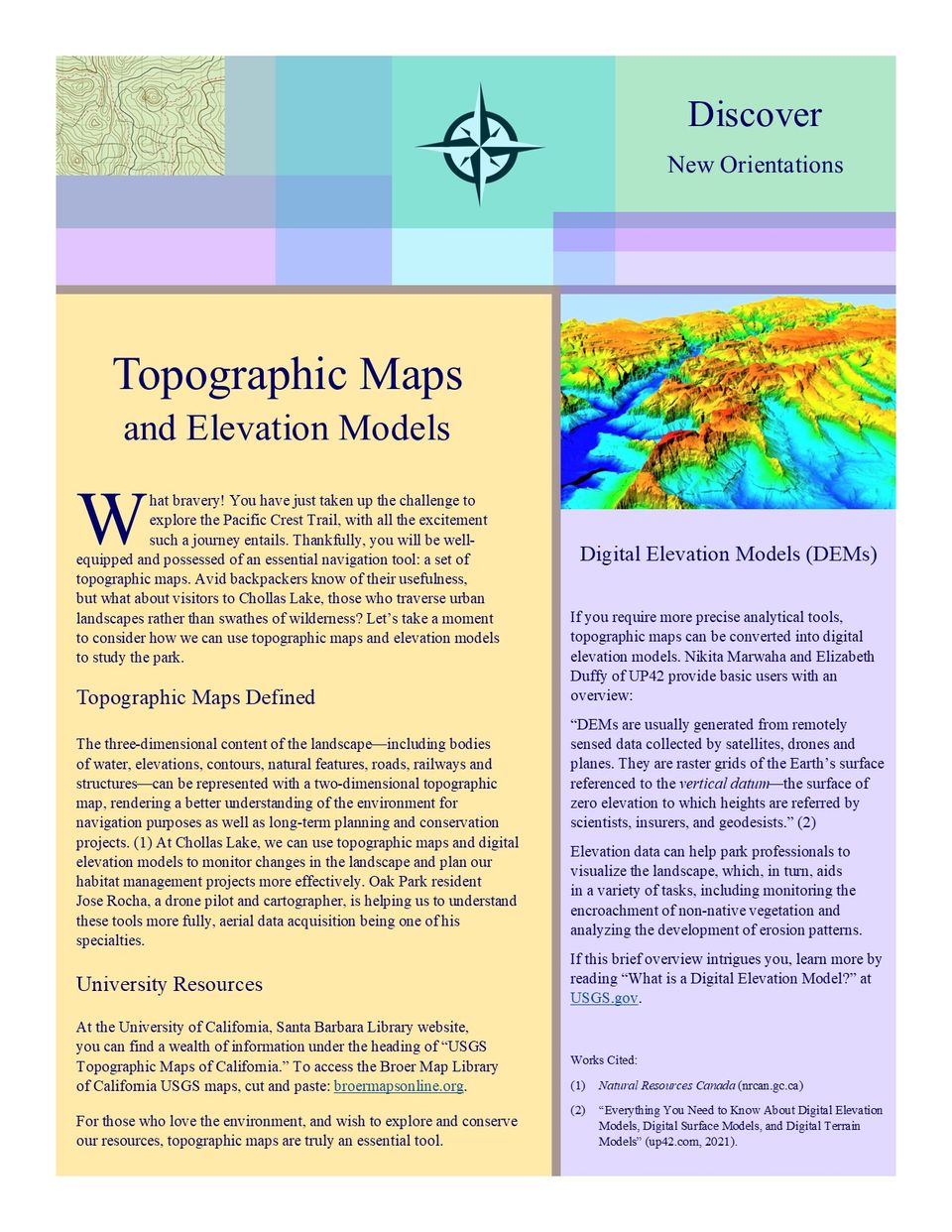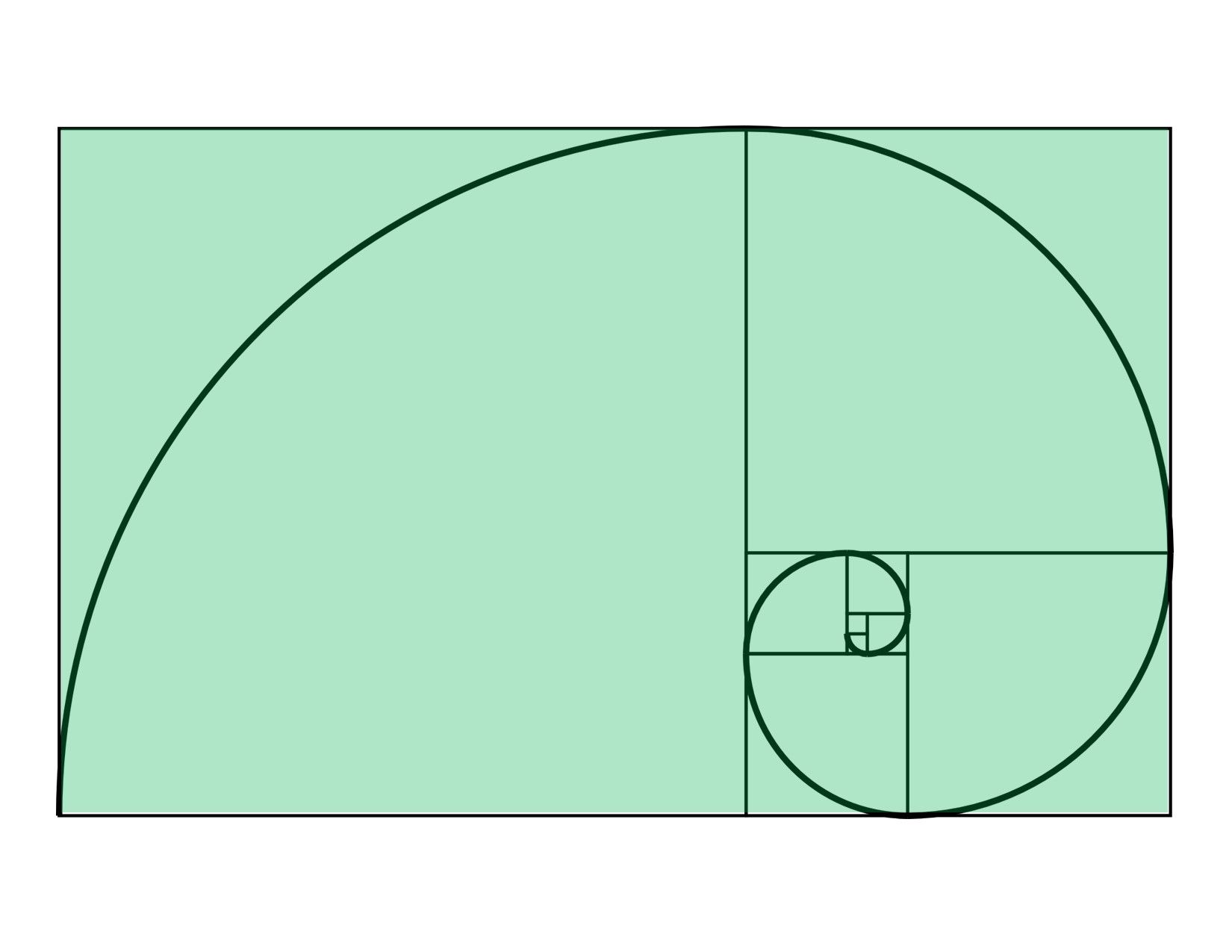Create Beautiful Layouts

Perhaps you need to convey technical information to a lay audience, which is often daunting, or inspire colleagues to learn new information and apply it skillfully. In either event, you can use a colorful layout to keep your readers engaged and happy to absorb the content. Above, you see a newsletter article I created while working as a municipal park ranger. My goal was to share a bit of information on topographic maps with our park users, many of whom had limited interest in the subject. If you are confronted with the same situation, use these techniques to delight your readers:
1) Using Publisher, open a series of text boxes and fill them with color, anything that strikes your fancy.
2) Experiment with levels of transparency, overlapping various shades until you achieve a pleasing result. This will give you a basic layout to begin your work.
3) Balance the various sections you create with graphic design principles in mind. Divisions of space are magnificently clarified by the Golden Mean, the formulation of balance and moderation. You are probably familiar with this diagram:

4) Now, all that remains is the addition of your text and images, which will likely be pleasing to readers. Your spaces have been planned well, so you can proceed with confidence.
5) Note that various shades of blue, green, and purple work well together. I typically select colors that are close together on the color wheel. We will examine this subject more fully in future articles. For now, I encourage you to experiment and discover pleasing results by chance. That's how I started doing layout and design work, many years ago.
Closing Thoughts
This is a brief introduction to my workflow, the process I have utilized for numerous projects. Here, I should note that all graphic designers use transparencies in unique ways. So, again, feel free to experiment! You will discover your own, signature style.
From time to time, I will revisit the subject of layout and design work, providing greater detail regarding theories and methods. Until then, have fun with your next layout project!